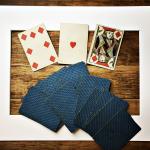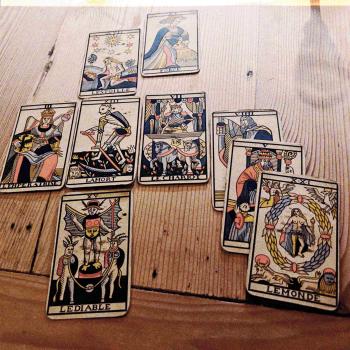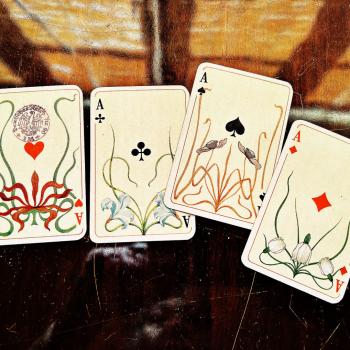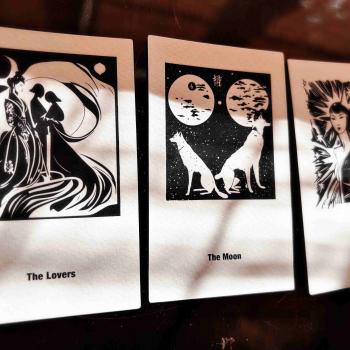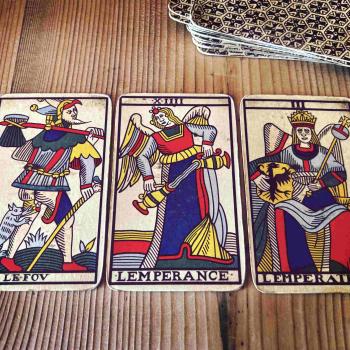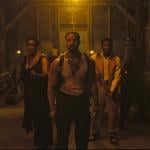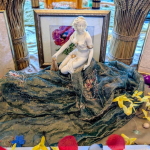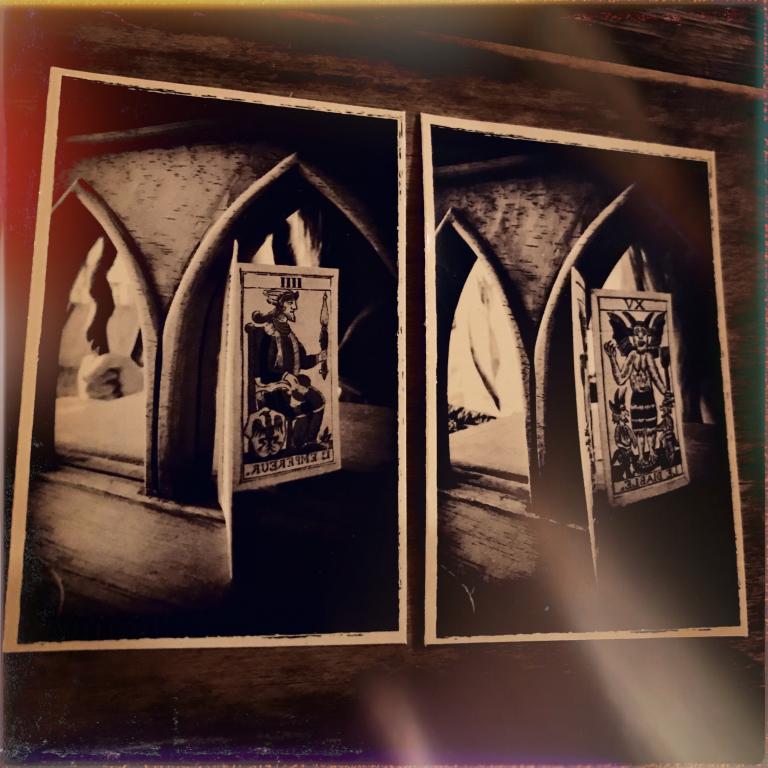
There are many kinds of conversations in cartomancy, but two of them are dominant: about the cards and with the cards.
People interested in the history of the cards have conversations about the cards.
People interested in divination and fortunetelling have conversations with the cards.
Looking at the cards in their historical context requires the skill of being able to research and describe what you find in verifiable terms.
Reading cards requires the skill of being able to analyze language and the discourse it creates.
Description and analysis are two different fields. On occasion these fields cross a path, for academically speaking, there’s no history without a story, but often a historian is not a philosopher, a semiotician, or an analyst. Selecting what you have to describe requires the skill of categorizing according to analysis, but this analysis will not be the kind that generates wisdom, as it’s more invested in generating factual knowledge.
Likewise, one in the business of reflecting, is not keen on when such and such card company went down and got replaced by another that would not make the same mistake of using 17 gold plates on the back of the cards and thus go busted (see the history of the Dondorf house). What the analyst fortuneteller prioritizes is how to generate knowledge of a situation that leads to wisdom.
I’m in the camp of people who prefer having conversations with the cards. I also make recourse to the skills of the historian, but only when it’s relevant. Sometimes it can make a difference to point to how the ladies in the unique Carolus Zoya deck all have their breasts hanging out in plain view.
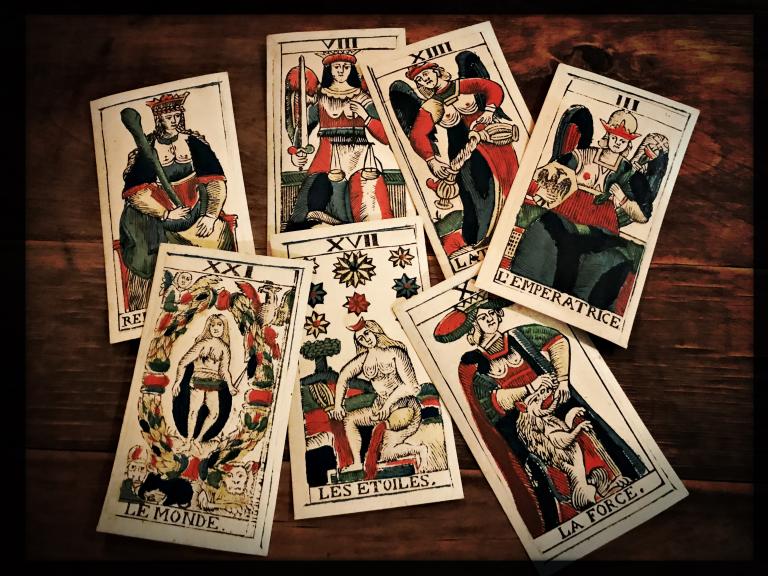
But when I point to such a fact, what I’m more interested in is to conjecture on the artist’s motivation for it, or indeed, in the context of divination, I want to know how bare breasts participate in the emergence of insight. I never depart from my reflective capacity. I prefer the why to the what question.
So, why think of what kind of conversation we lean towards? Because it helps you focus.
People at large have a lot of conversations about the same things, yet without always demonstrating a strong nerve in terms of focussing. This is often due to too much excitement. When a new trend is in town, we want to know about it. But how will that help you stay focussed?
Historical tarot is all the rage now. Fair enough. But how do you hammer on the skills of interpretation and the art of reading a visual text, when you engage in a discourse that has description, not reflection in the high seat?
I’m asking this question because I see that not many think about just the skills that go into the various cartomantic interests. Decoding and analyzing a predicament that’s put on your fortuneteller’s table is one thing. Describing the cards you use for your practice is another thing. If you divine, make sure you remember to take description beyond the conversation about period and costume. Enter a dark alley and see what you discover beyond other people’s opinions.
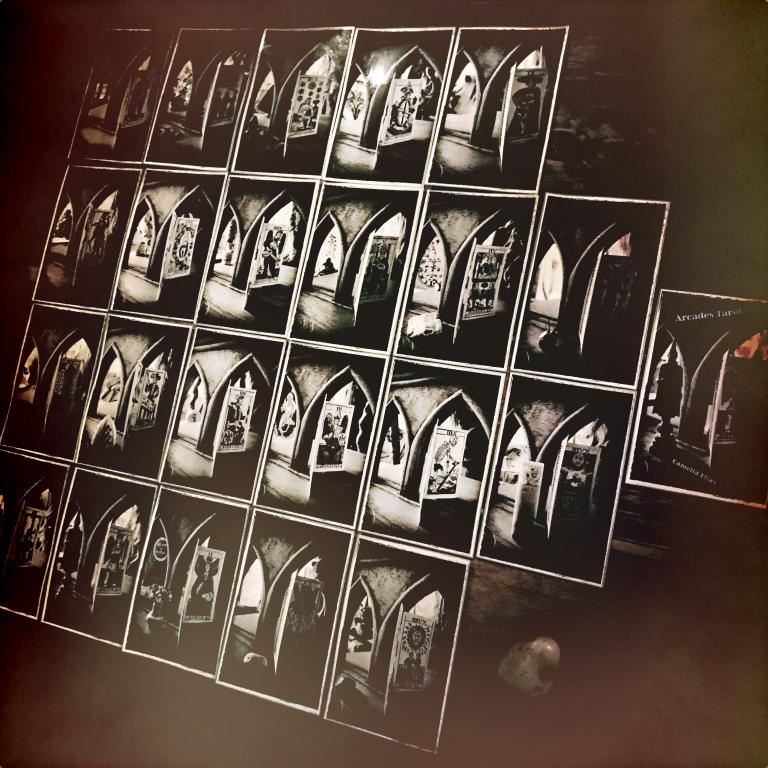
Speaking of the Carolus Zoya cards, here comes a short reading that uses the original cards, yet in an original setting.
I fancied creating Arcades Tarot to accompany my forthcoming book on deconstructed cards, largely about why it pays off to read a visual text not according to what you know, but rather according to what you see, when this seeing, however, is predicated on insight not hearsay.
I shared a few images leading to the process already, and yesterday I found myself writing these words about it:
‘When the prototype was done, I realized that there was a real danger of getting lost in the dark alleys of Arcades Tarot. As I don’t have a habit of working according to a plan, but rather according to what’s available to me right under my nose, I get surprised as to where chance takes me. If it wasn’t for chance, I would never create a thing. When that is said, what I’m after is a type of coherence that’s beyond the conceptual. If it grabs my heart, then I know I hit a nerve whose force is directly proportional with asking questions whose answers I don’t already know. I want my creations to be anything but idle.’
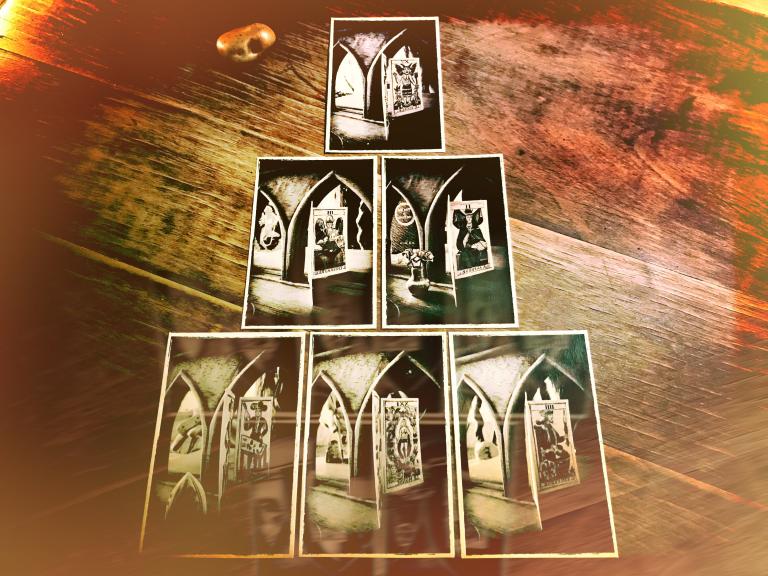
This statement strikes me now as relevant in terms of how we think a conversation with the cards unfolds. So now I want to ask the following, in a question that may inspire you as well to ask of your own favorite cards, or creations:
What does it take for me to have an insightful conversation with you, cards?
Pay attention here to the implicit in the question, which is all about my own attitude. Although I know exactly what makes a good fortuneteller, conceptually speaking – and that it has to do with remaining uninvolved for the duration of a session, yet without losing sight of what the other needs right then and there because that’s what true compassion is – at the practical level, I may suffer from some blind spot, so I want to know what’s at stake when I have a conversation with a visual text.
Let’s see what the Arcades Tarot has to say:
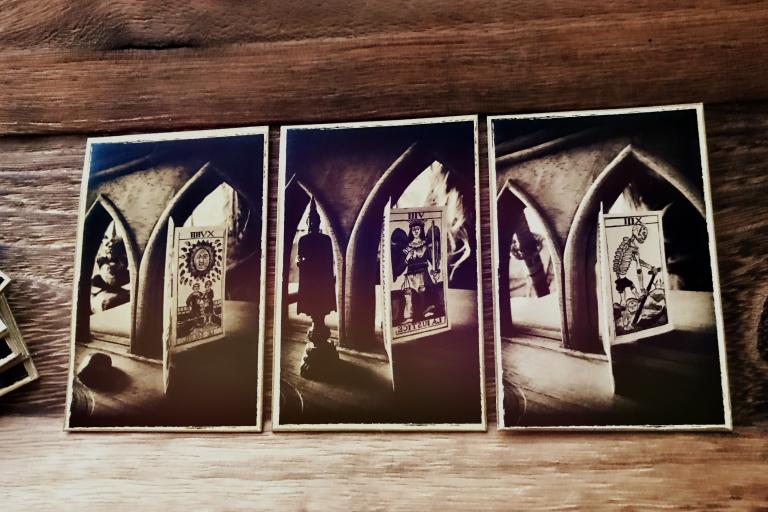
Sun, Justice, Death
I love the Arcades Tarot already. First the light in the Sun card that’s shared with another. What it takes for me to have an insightful conversation with the cards is knowing about the premise, and that in all likelihood I’m having first a conversation either with my own desires and what I want to know, or those of another for whom I read the cards.
Then it’s not about how good I feel, but rather about how discerning I am. Justice is here to tell me that a conversation with the cards must aim for truth, not for what pleases, of for what negotiates with the pain of denial, as in, ‘I’m seeing this as it’s not difficult, but I prefer not to.’
Then nail it. For the Death card, I used one of my samurai swords on purpose, to remind myself that when the copping of heads needs to happen, then it’s best to do it with one blow, not agonize about it.
A conversation with the cards can only be insightful if it dares to cut to the bones.
As I do this already, I now tell myself: ‘Keep going.’
I hope you do too.
♠
This essay is a continuation of a conversation about the difference between diviners and fortunetellers, Who’s Afraid of the Fortune-teller?
Stay in the loop for cartomantic courses.



